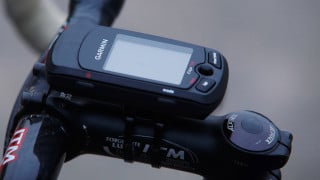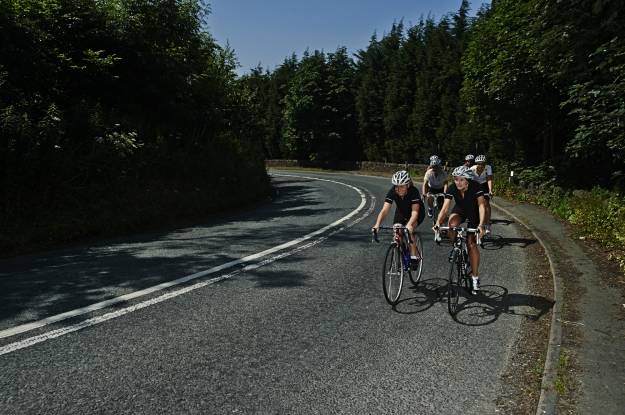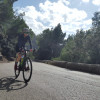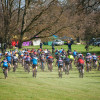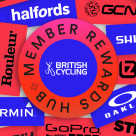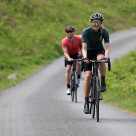Knowledge Level: Intermediate
All of the British Cycling Training Plans use heart rate to monitor training intensity. However, many novice riders, and more experienced riders new to heart rate training, experience difficulties sticking to the lower heart rate zones. Here’s why it is important to persevere and some handy pointers for doing so.
Why you need to stick to the zones
We often use the analogy of building a house to describe developing cycling fitness. The most important part of a house are the foundations as, without them, anything built on top will eventually come crashing down. The same applies to fitness and, especially if you are fairly new to cycling or structured training, the foundation of Zones 1-2 endurance work is vital before adding higher intensity work.
It takes discipline to ride in these lower zones but it is vital you do it, as it isn’t realistic for a relatively novice cyclist to expect to maintain a genuine Zone 3 effort for a long ride. Your body won’t be able to take on and process food at this intensity and, although you may be okay for the first hour or two of the ride, you will struggle later on.
Was your threshold test accurate?
If you are struggling to stick to your lower training zones, the first area to look at is your result from your Threshold Test. Did you ride the test as hard as you could manage? It does need to be an all-out effort in order to gain a meaningful figure from which to calculate your heart rate zones. If it is too low, this will skew all your zones and would explain why holding Zone 2 is difficult. The first couple of times you conduct the test it can be tricky to pace but, with each attempt, you should come closer to an accurate result.
It is possible, if you did the test on an indoor trainer, that this can sometimes give low results that don’t necessarily translate to riding outdoors. Not having to engage the muscles that balance you on a real bike outside, a lack of a cooling headwind and reduced motivation from boredom, have all been suggested as reasons for the lower heart rates attained relative to your perceived exertion on an indoor trainer. The exact mechanism isn’t 100% understood, but it is a commonly seen phenomenon and it can be worthwhile to produce two FTHR values and two sets of training zones, for inside and out.
It is also possible you might have had an off-day for your test. A low lying bug or virus could have affected your heart rate, you might have been slightly fatigued or were maybe distracted from not quite giving the test your all.
Physiological change takes time
If you are confident that your zones are correct it is likely, especially if you are relatively new to cycling, that your riding economy is relatively poor. Your elevated heart rate at what feels like low effort reflects this. Changing your physiology to become more efficient at cycling takes time, training consistency and the discipline to ride in the lower heart rate zones. It can be frustrating at first but, after 6-8 weeks of following the training plan, you will see your heart rate dropping relative to effort, and your average speed increasing. It is by developing your riding economy and efficiency that you will be able to confidently tackle long and challenging events.
Sticking to the zones
You may have to reassess what constitutes steady pace. Wind and hills can make it hard to stick to lower zones but, for those rides which require it, it is important you do everything you can to manage it. This might mean avoiding hills, getting some lower gears for your bike, riding with a stronger friend who can give you some shelter from the wind, or just accepting that there will be times that you will be progressing painfully slowly. Stick with it though and you will find fairly quickly that your body will adapt and your pace in these lower zones will increase.

